
 Print
Print
Meet With Culture | Imperial Sacrificial Altar in Beijing
2024/12/09 15:22
Origin:China.com.cn


The Temple of Earth, once a place where emperors in the Ming and Qing dynasties offered sacrifices, holds a special meaning in Shi Tiesheng's writing. To him, it's timeless sanctuary that raises nostalgia and causesdeeperthoughts about life. Over time, its past comes alive, telling the stories of its rich history.
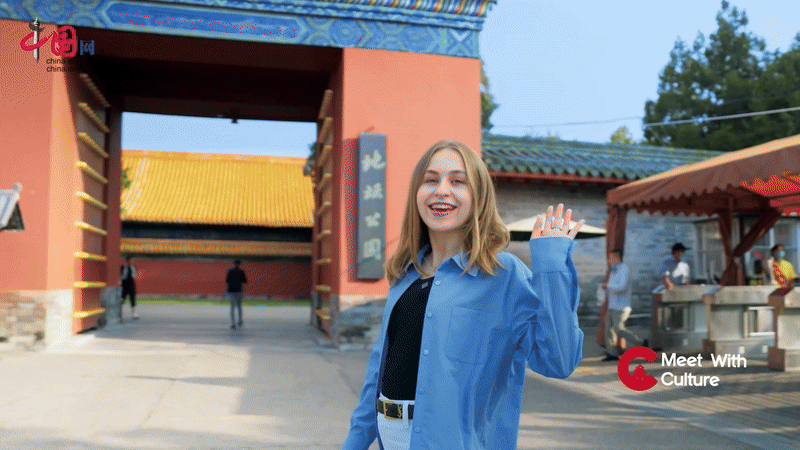
The Temple of Earth, originally called the Fangze Altar, dates to 1530 during the Ming Dynasty. It was where emperors from the Ming and Qing dynasties offered sacrifices to the god of earth on the Summer Solstice. Today, it remains the largest royal site for earth worship in the world. The temple has four entrances and includes key structures like the Fangze Altar, Imperial Respecting House and others, each with a unique function. It is a key symbol of China's sacrificial culture.
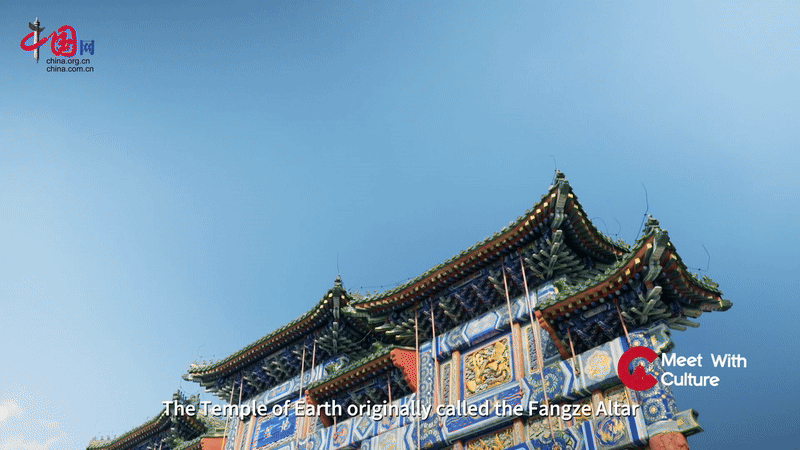
The Imperial Respecting House, located just south of the Fangze Altar, was originally a hall for honoring the god of earth, along with the gods of mountains, seas, and rivers. In 1986, it was approved to be turned into a cultural relic display room.
In addition to sacrificial instruments and interior ornaments, there are also memorial tablets for gods of mountains and earth, as well as those for emperors who held sacrificial ceremonies here, in the Imperial Respecting House. The arrangement of those objects and ornaments reflects ancient people's pursuit of beauty.
The Fangze Altar, the main part of the Temple of Earth, was the key structure for sacrificial ceremonies. Covering 17,689 square meters, it's a two-story platform made of white marble, facing north. Its design reflects the ancient Chinese idea of "round heaven and square earth," with a square layout in the south and round in the north, showcasing symmetry and harmony concepts in classical architecture.
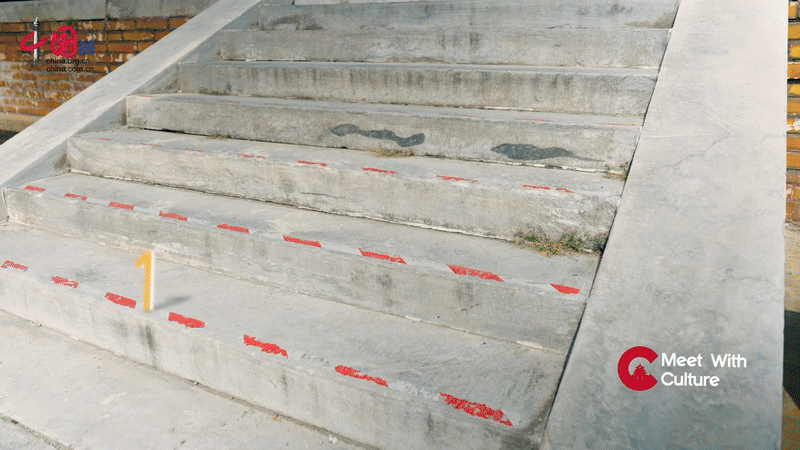
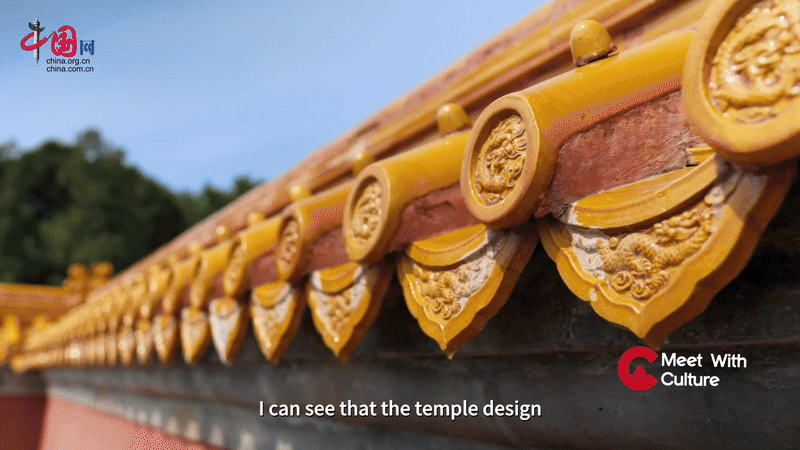
The Temple of Earth used to be a place for royal sacrifices, but now serves as a lovely park. It still holds profound cultural and historical values.
In August 1925, Jingzhao Park, the predecessor of today's Ditan Park, opened to the public, but was closed in 1935. About two decades later, in April 1957, the Temple of Earth was reconstructed and reopened to the public as Ditan Park.
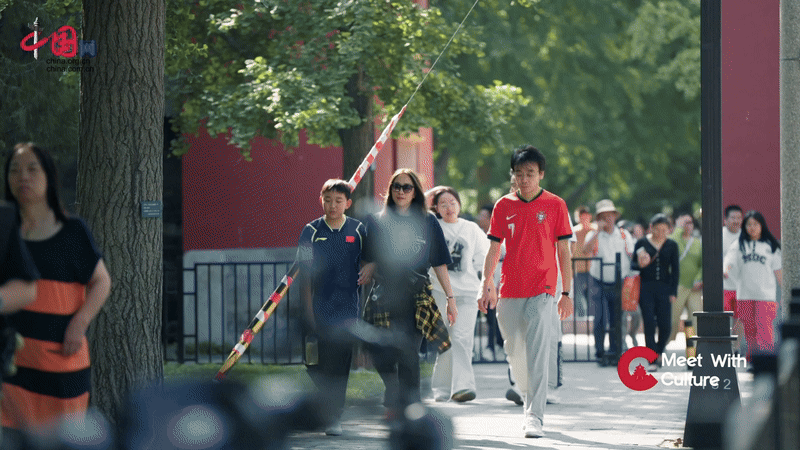
Now that it's open again, people can enjoy rich history and beautiful architecture. You can also just walk around the park.
Last year, the Beijing Book Fair returned to Ditan Park after a 10-year break.
The book fair at Ditan Park is a great place to learn about Chinese history and culture. You can read books, explore the Central Axis, and relax in the park. It's a perfect way to spend a day in Beijing!
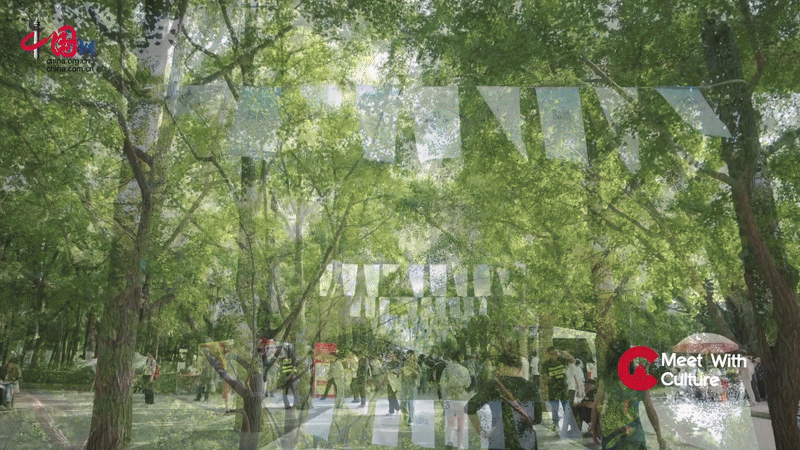
(Executive Producer: Wang Xiaohui; Production Supervisor: Xue Lisheng; Co-production Supervisor: Zhan Haitao; Line Producer: Yu Li; Chief Planner: Ding Suyun, Cao Chuanchuan; Planner: Li Ying; Translator: Liu Haile)
| Xinhua | China Plus
Copyright ? CCEDN.COM.CN. All Rights [京ICP備2024049485號-1] Tel: 0086-10-88820521

